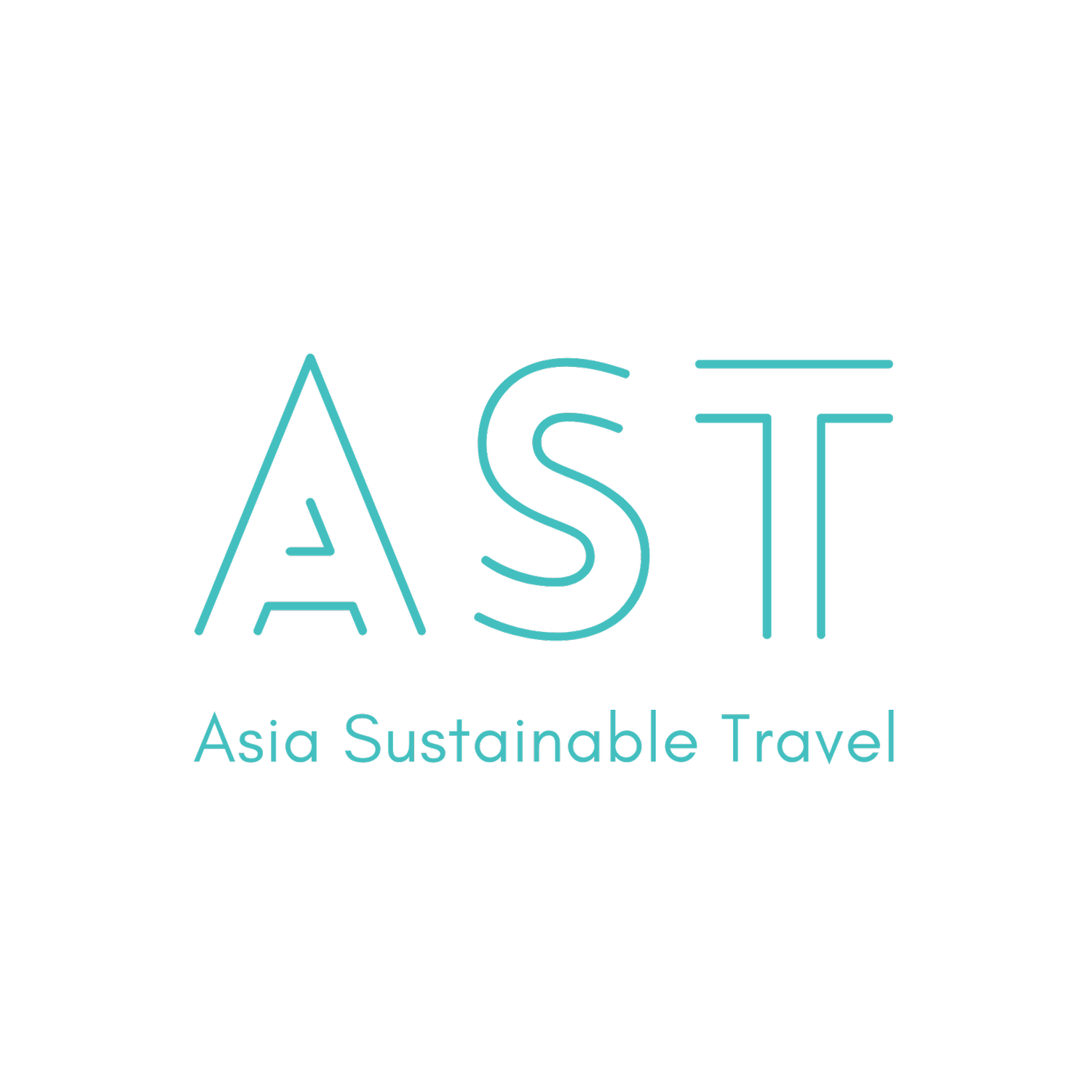Struggling with Telling Your Brand’s Sustainability Story? Steal These Ten Tips
A sustainability management platform can help monitor and measure sustainable practices and make a real difference to your hospitality business.
Sign up to read this post
Join Now

